Overview
So, you finally bit the bullet, threw on a lift, bolted up a snorkel, and slapped a “no pavement needed” sticker on your rear glass. But before you roll into the wild like a hero in a zombie movie, let’s have a gut-check. Because the off-road universe does not hand out mercy awards. It hands out broken axles, twisted frames, and the kind of campfire stories that start with “I should have known better.”
Think of this post as your personal roadmap to saving a chunk of cash. There are at least five mistakes — the costly kind — that off-roaders keep repeating year after year, like a bad country song on repeat. And they’re not complicated, but they’ll bite you hard if you skip them.
In this guide, we’re going to break down these common oversights with the precision of a mechanic who’s seen one too many rigs limp back to camp on three wheels. We’ll go deep, unravel the technical why behind these fails, and then swing the hammer of plain English so even a greenhorn can drive away smarter.
If you wheel a jeep wrangler jk accessories setup, if you crawl rocks in toyota 4runner accessories, or if you tow your jeep cherokee xj parts halfway to Moab, these lessons will hit home. Because there is no cheaper mod than preparation — but it might just be the most powerful one of all.
Table of Contents
- Why Neglect on the Trail Costs More Than You Think
- The Tiny Parts That Save Big Repairs
- Critical Upgrades You Should Never Skip
- How to Build a Rig That Comes Home Every Time

Why These 10 Oversights Matter: The True Cost of Neglect
Out there on the trail, every shortcut you take has a price tag, whether you see it today or not. Maybe you’ve watched someone’s brand-new rig — decked out in shiny jeep wrangler armor and a lift taller than a bar stool — crumple its steering box in the first mile because nobody braced it. Or you’ve seen a guy in a toyota 4runner accessories build drag his brake hose like a party streamer until it finally burst, right before the steepest descent of the day.
Neglect is a cruel teacher. It waits for you in the worst moments, and then cashes in when you least expect it — out of cell range, on a dark trail, with no rescue in sight. It doesn’t care if you’ve polished your jeep wrangler jl accessories or bolted up the latest toyota tacoma aftermarket accessories. If you skipped the basics, neglect will find you.
Yet what makes these oversights sting most is how laughably simple they are to fix. We’re not talking about swapping your transmission in the sand. We’re talking about twenty minutes with a steering brace, or a weekend adding jeep body armor to shield your undercarriage from baseball-sized rocks. Or replacing that tired old battery tray with a jeep dual battery tray so your fridge doesn’t kill your starter battery halfway through a weekend trip.
Because here’s the punchline: the solutions aren’t rocket science. They’re shockingly easy. And after you see what these ten mistakes can do to your rig, you’ll realize prevention isn’t a burden.
It’s the best insurance you’ll ever buy.
If you’re curious about overlanding specifically — that broader adventure-travel style of off-highway exploration — the team at Expedition Portal put together an article called Overlanding: Five Things You Might Be Doing Wrong. We’re a crew more rooted in classic off-roading, rock crawling, and keeping Toyotas, Jeeps, and Fords prepped for the rough stuff. But if your plans lean more toward cross-country travel and long-haul camping, their perspective might give you a solid starting point.
First 5 Oversights Explained
Missing a Steering Brace with a Lift
There’s something hypnotic about a rig jacked sky-high on fresh jeep wrangler tj accessories or gladiator jt accessories, rolling in with “king of the mountain” swagger. But that confidence tends to vanish the first time you hit a ledge and feel the steering wheel turn into warm butter, the pitman arm shaking loose while your front end chooses its own direction.
From a mechanical perspective, lifting a rig without bracing the steering box increases lateral loads on the sector shaft by 25–35% or more, depending on tire size and track width. The pitman arm’s increased leverage pries the sector shaft away from its bearing supports, causing micro-movements that fatigue the cast housing. Over time, this distortion leads to box cracking, steering slop, and eventual total loss of steering. It doesn’t matter if you’re bolting on jeep cj parts or stacking ford parts and accessories — steel will yield under repetitive off-camber strain if left unsupported.
In simpler terms? A lift acts like a giant crowbar on your steering box. Without a brace, every rock, rut, or flex twist tries to tear it off the frame. Even a solid toyota tundra parts and accessories build can fail from that repeated punishment. Sooner or later, your wheel stops commanding the tires, and starts spinning like a carnival ride.
With a solid steering brace, though, the trail transforms. Your steering stays tight, crisp, responsive. Sketchy off-camber drops feel under control again. That stability supports every other mod — from jeep body armor to tires. It’s the difference between driving with white-knuckle panic and carving your line with confidence, mile after mile.
Forgetting Brake Line Extensions on Flexy Trails
There’s a moment when flex feels like victory: your jeep wrangler yj accessories build dropping a wheel deep into a washout, suspension stretching to hero lengths, axle twisted like a pretzel. Feels unstoppable — right up until a brake hose stretches to its limit like an old rubber band. Too many skip brake line upgrades because “stock seems fine,” forgetting the trail’s brutal reach for every weak spot.
Technically, short factory brake hoses can only extend about 10 inches safely, but a lifted rig’s axle may pull 12–14 inches apart on full droop. That means your brakes hinge on a hose strung tight as a bowstring, one bad rebound away from bursting. In plain terms, more flex means more axle separation. A too-short brake line will snap the second it’s forced past its limit, leaving you without brakes on the nastiest downhill.
With properly extended lines, the trail stays on your side. Every flex, rut, or ledge is met with calm, not panic.
Skipping Armor When Stepping Up Tire Size
There’s nothing quite like seeing your rig rolling on fresh 35s, gnarly tread ready to chew up the world, attitude for days. But that attitude doesn’t count for much when a boulder punches through the oil pan on mile two. A stock underbody — even dressed up with jeep wrangler jk accessories or jeep tj body armor — was never built to handle the rock-slinging power of oversized tires.
Technically, bigger tires throw debris harder and deeper under the frame. They expose vulnerable systems: transmission pans, diffs, fuel lines. Skid plates that once “kind of worked” on 31s get shredded on 35s. Think about a jeep wrangler yj skid plate — if it’s thin, it’ll fold on a bad hit. Without real armor, your fancy lift and meaty rubber are basically bait for trail damage, not protection.
Plainly put, big tires equal big trouble without big armor. One unlucky strike on a ledge and you could shear off your drain plug or split a transfer case wide open. And yeah, that means a long walk home.
But with proper jeep skid plates, and rugged body armor for jeep, the story changes. The rocks stay under your rig — not in it. Your rig goes from “mall crawler in cosplay” to a real trail tool, ready to crawl, bounce, and bash with confidence.
Neglecting Bushing Upgrades During Suspension Installs
There’s a cruel irony in dropping serious cash on shocks and springs, only to leave the cheapest rubber bushings in place. We’ve watched rigs with shiny jeep wrangler jk accessories flex like a dream on day one, then start clunking like a haunted house by day thirty. Those factory bushings? They were never built for the torque and leverage of upgraded suspension, and that’s where the trouble starts.
Technically, a bushing’s job is to isolate vibration and keep geometry in check. But old stock rubber deforms fast under bigger tires and stiffer coils. The result? Control arms shift, track bars walk, and your brand-new lift kit feels like it was installed by an amateur. A fresh jeep tj body armor setup or even a toyota 4runner parts and accessories build can’t rescue a rig whose bushings crumble under trail stress.
In simpler terms, think of your suspension like a skeleton — if the joints get sloppy, the whole thing collapses. Upgrading to quality polyurethane bushings will keep all that movement tight, precise, and predictable.
That upgrade might seem boring compared to flashy cj5 front bumper swaps, but trust us: dialed bushings transform the feel of every bump, flex, and climb you’ll face.
Overlooking a Dual Battery Tray for Trail Power
You’ve seen it a hundred times: campfire stories about dead rigs, where a jeep wrangler tj accessories build sat powerless because the winch killed its single starter battery. All those extra lights, a fridge, and the high-powered radio sound cool until they drain your only lifeline on a cold night. One bump, one slip in the mud, and the starter clicks — but doesn’t turn.
Technically, winches can draw 400+ amps in a hard pull. Add rock lights, a jeep tj wrangler parts compressor, or even a simple camp fridge, and your standard group-34 battery is toast in no time. A second, isolated battery gives you a clean reserve to restart after heavy draws. Without a solid dual battery tray, your electrical upgrades turn from a confidence boost to a guaranteed rescue call. Even builds with jeep gladiator skid plates or a tough jeep wrangler jk front bumper can be stranded if the battery dies.
Put plainly? A single battery can leave you out there alone. A dual-battery system is like bringing a spare oxygen tank on a deep dive: you pray you won’t need it, but you’ll sure sleep better knowing it’s there.
Once upgraded, you’ll run accessories, radios, lights, and even in-cab power in your rig all night, then fire up at sunrise without a worry. That’s the real meaning of off-road confidence.

Final Thoughts
If there’s one lesson from these first five oversights, it’s that off-roading will expose every weakness you leave unchecked. The trails have a brutal way of testing your shortcuts — and usually when you’re far from home, without a second chance to fix it. Small parts, simple bracing, and a bit of preparation can make a big difference.
What makes these fixes so powerful is how simple they truly are. You don’t need an engineering degree to add a brace, extend a brake line, or protect your undercarriage. But you do need the mindset to respect what the trail can throw at you — and to plan for it before you hear the snap of a part breaking.
Next week, we’ll go even deeper.
Five more costly oversights are waiting in the wings — mistakes that catch even seasoned wheelers off guard. Stick with us, and you’ll be one step ahead, ready to enjoy every mile without holding your breath.
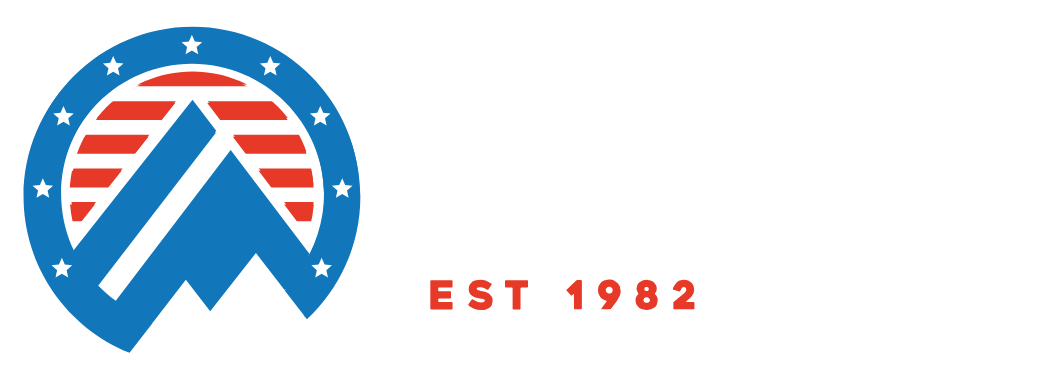
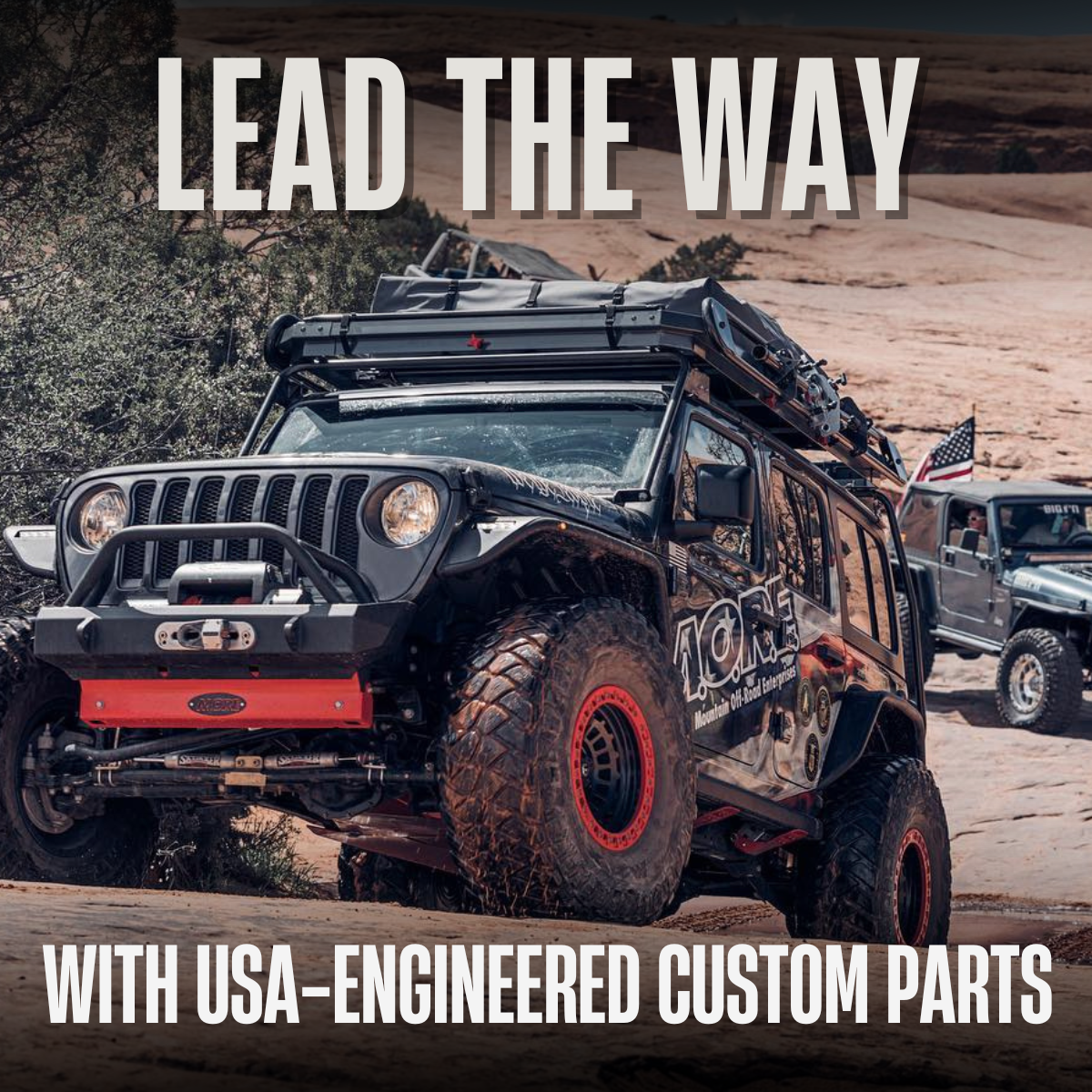
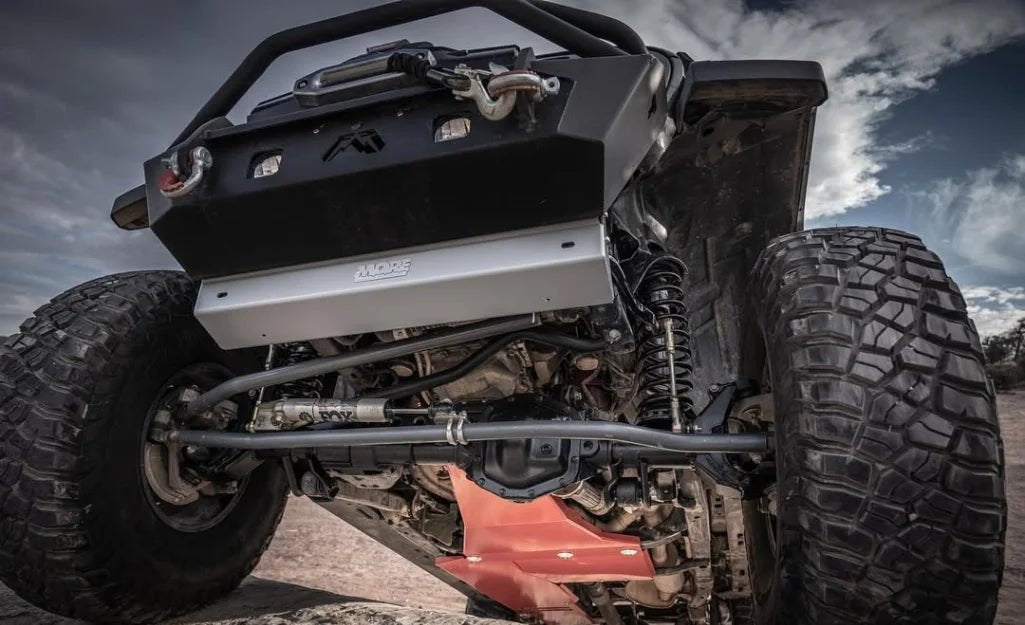
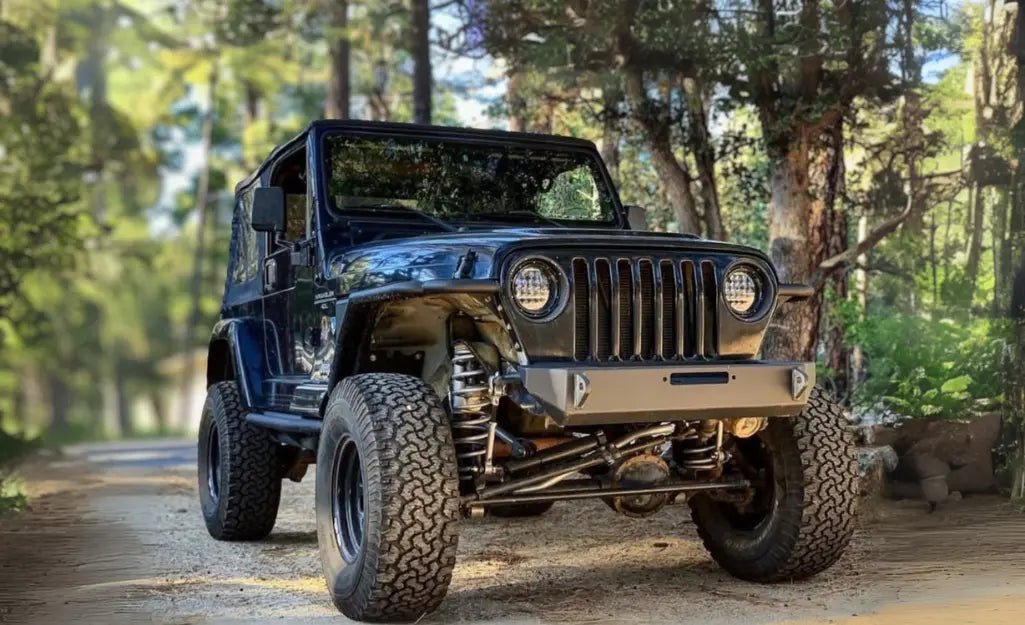
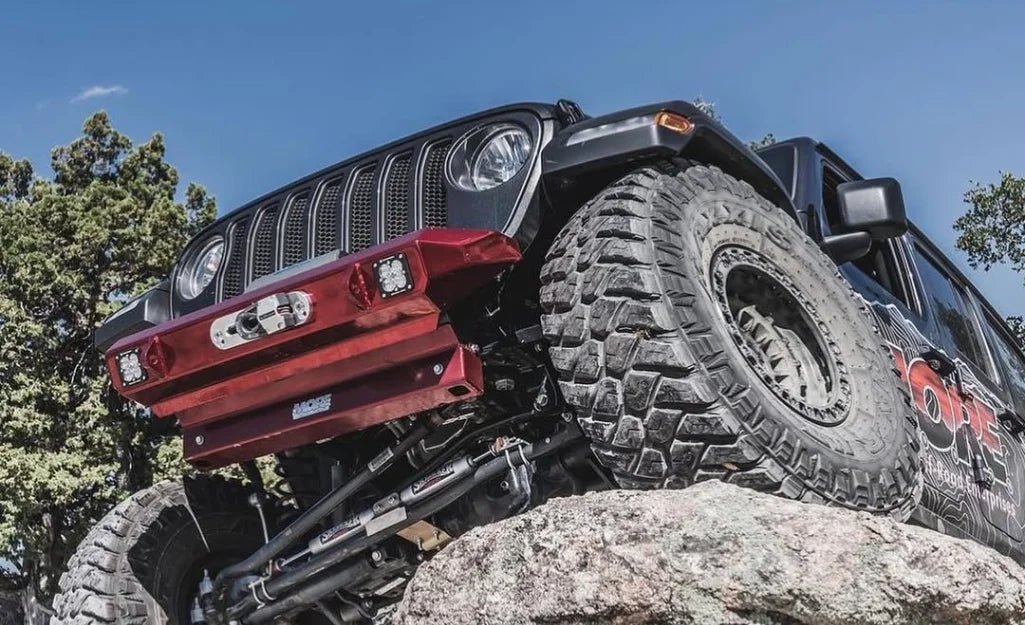
Leave a comment
This site is protected by hCaptcha and the hCaptcha Privacy Policy and Terms of Service apply.